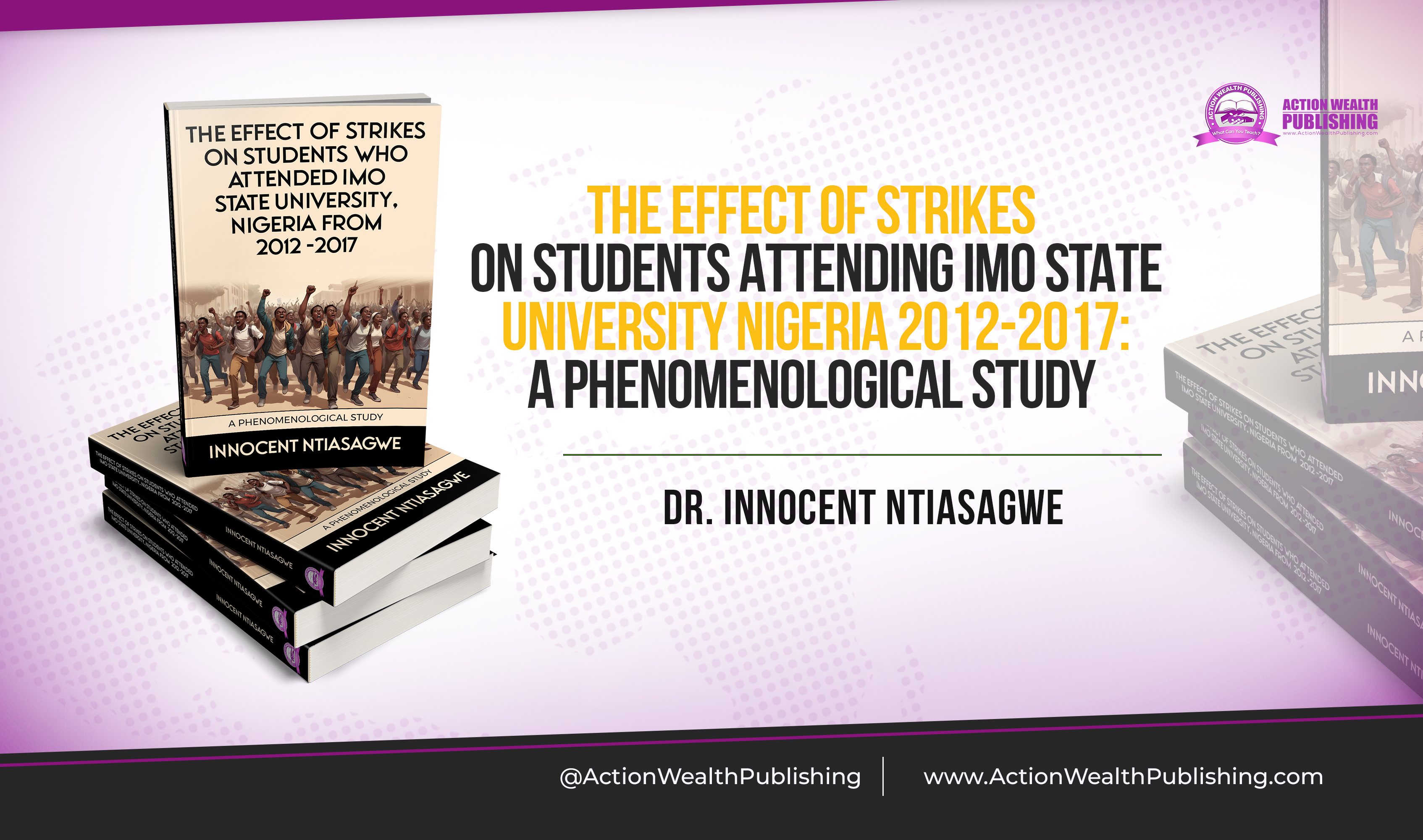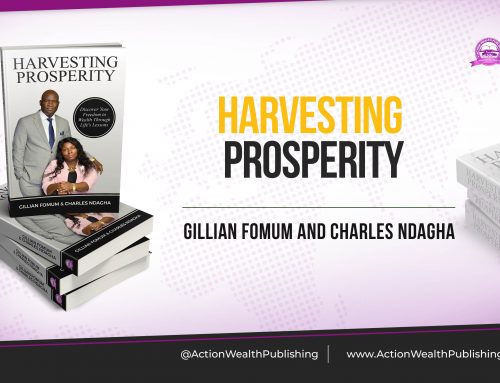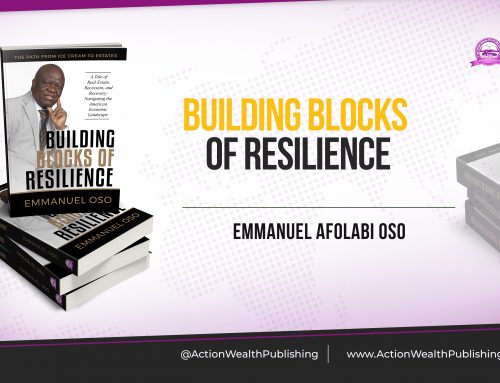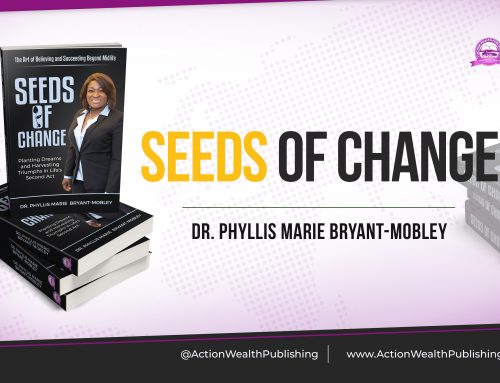[fusion_builder_container hundred_percent=”no” hundred_percent_height=”no” hundred_percent_height_scroll=”no” hundred_percent_height_center_content=”yes” equal_height_columns=”no” menu_anchor=”” hide_on_mobile=”small-visibility,medium-visibility,large-visibility” class=”” id=”” background_color=”” background_image=”” background_position=”center center” background_repeat=”no-repeat” fade=”no” background_parallax=”none” enable_mobile=”no” parallax_speed=”0.3″ video_mp4=”” video_webm=”” video_ogv=”” video_url=”” video_aspect_ratio=”16:9″ video_loop=”yes” video_mute=”yes” video_preview_image=”” border_size=”” border_color=”” border_style=”solid” margin_top=”” margin_bottom=”” padding_top=”” padding_right=”” padding_bottom=”” padding_left=””][fusion_builder_row][fusion_builder_column type=”1_3″ layout=”1_3″ spacing=”” center_content=”no” link=”” target=”_self” min_height=”” hide_on_mobile=”small-visibility,medium-visibility,large-visibility” class=”” id=”” background_color=”” background_image=”” background_position=”left top” background_repeat=”no-repeat” hover_type=”none” border_size=”0″ border_color=”” border_style=”solid” border_position=”all” padding_top=”” padding_right=”” padding_bottom=”” padding_left=”” dimension_margin=”” animation_type=”” animation_direction=”left” animation_speed=”0.3″ animation_offset=”” last=”no”][fusion_imageframe image_id=”1369″ style_type=”none” stylecolor=”” hover_type=”none” bordersize=”” bordercolor=”” borderradius=”” align=”none” lightbox=”no” gallery_id=”” lightbox_image=”” alt=”” link=”” linktarget=”_self” hide_on_mobile=”small-visibility,medium-visibility,large-visibility” class=”” id=”” animation_type=”” animation_direction=”left” animation_speed=”0.3″ animation_offset=””]https://actionwealthpublishing.com/wp-content/uploads/2024/09/strikes.png[/fusion_imageframe][fusion_button link=”” title=”” target=”_self” link_attributes=”” alignment=”center” modal=”” hide_on_mobile=”small-visibility,medium-visibility,large-visibility” class=”” id=”” color=”default” button_gradient_top_color=”” button_gradient_bottom_color=”” button_gradient_top_color_hover=”” button_gradient_bottom_color_hover=”” accent_color=”” accent_hover_color=”” type=”” bevel_color=”” border_width=”” size=”” stretch=”default” shape=”” icon=”” icon_position=”left” icon_divider=”no” animation_type=”” animation_direction=”left” animation_speed=”0.3″ animation_offset=””]ORDER A COPY[/fusion_button][/fusion_builder_column][fusion_builder_column type=”2_3″ layout=”2_3″ spacing=”” center_content=”no” link=”” target=”_self” min_height=”” hide_on_mobile=”small-visibility,medium-visibility,large-visibility” class=”” id=”” background_color=”” background_image=”” background_position=”left top” background_repeat=”no-repeat” hover_type=”none” border_size=”0″ border_color=”” border_style=”solid” border_position=”all” padding_top=”” padding_right=”” padding_bottom=”” padding_left=”” dimension_margin=”” animation_type=”” animation_direction=”left” animation_speed=”0.3″ animation_offset=”” last=”no”][fusion_text]

Dr. Innocent Ntiasagwe’s The Effect of Strikes on Students Attending Imo State University Nigeria 2012-2017 is a well-researched and timely work that delves into the profound impact of academic strikes on Nigerian university students. The book adopts a phenomenological approach, capturing the lived experiences of students at Imo State University during a tumultuous period marked by recurrent strikes by the Academic Staff Union of Universities (ASUU). Ntiasagwe’s study contributes to the growing body of literature on the Nigerian educational crisis, focusing on how these strikes have disrupted academic life and shaped students’ perceptions of higher education in the country.
Ntiasagwe’s research is built around two key questions: how students understand and experience the effects of ASUU strikes, and how these disruptions shape the meaning of their university experience. Using a phenomenological methodology, the study analyzes in-depth interviews with alumni students affected by the strikes between 2012 and 2017. The book’s findings are categorized into ten major themes: lost time, lost momentum, lost opportunity, demoralization, frustration, crime and violence, low confidence, financial strain, idleness, and, interestingly, active or new opportunities.
Each theme highlights different aspects of the detrimental effects the strikes had on students, such as interrupted academic schedules, decreased motivation, financial struggles, and, in some cases, an increase in criminal activities. Particularly striking is the psychological toll the strikes took on students, many of whom felt demoralized and frustrated, as though their academic and personal lives were put on indefinite hold. The study also notes that some students, amid the chaos, found new opportunities, utilizing the forced breaks to explore entrepreneurship or develop other skills. However, the overall tone remains one of despair and lost potential.
One of the most valuable aspects of Ntiasagwe’s study is its contribution to the field of conflict resolution. The book argues that the recurrent strikes are symptomatic of a deeper issue—poor communication and a lack of effective conflict resolution mechanisms between the ASUU and the Nigerian government. Ntiasagwe suggests that integrating conflict resolution tools into the process could potentially prevent future strikes and their harmful effects on students. He emphasizes that strategic conflict resolution and better dialogue between stakeholders would reduce misunderstandings and foster a more harmonious relationship, benefitting students, faculty, and the education system at large.
Dr. Ntiasagwe’s study is both thorough and empathetic, giving voice to students who have often been overlooked in discussions about ASUU strikes. The phenomenological approach is particularly effective in bringing out the emotional and psychological impact of these strikes. The book’s qualitative data, drawn from students’ personal stories, makes it clear that the strikes had far-reaching consequences that extended beyond academic delays to affect students’ mental health, financial stability, and future prospects.
However, one limitation of the study is its focus on a single institution—Imo State University. While the findings are insightful, a broader examination of multiple institutions might have offered a more comprehensive picture of the nationwide crisis. Additionally, while the book calls for conflict resolution, it could have explored more concrete recommendations or examples of successful mediation in similar contexts.
Overall, The Effect of Strikes on Students Attending Imo State University Nigeria 2012-2017 is a significant work that sheds light on the often-overlooked victims of academic strikes in Nigeria: the students. Dr. Ntiasagwe’s meticulous research and compassionate analysis make a compelling case for the urgent need to resolve the conflict between the ASUU and the government. By doing so, Nigeria can prevent future disruptions to education and ensure that students have the opportunity to learn, grow, and contribute to the nation’s development. This book is a must-read for policymakers, educators, and conflict resolution practitioners invested in the future of higher education in Nigeria.
[/fusion_text][/fusion_builder_column][/fusion_builder_row][/fusion_builder_container]





